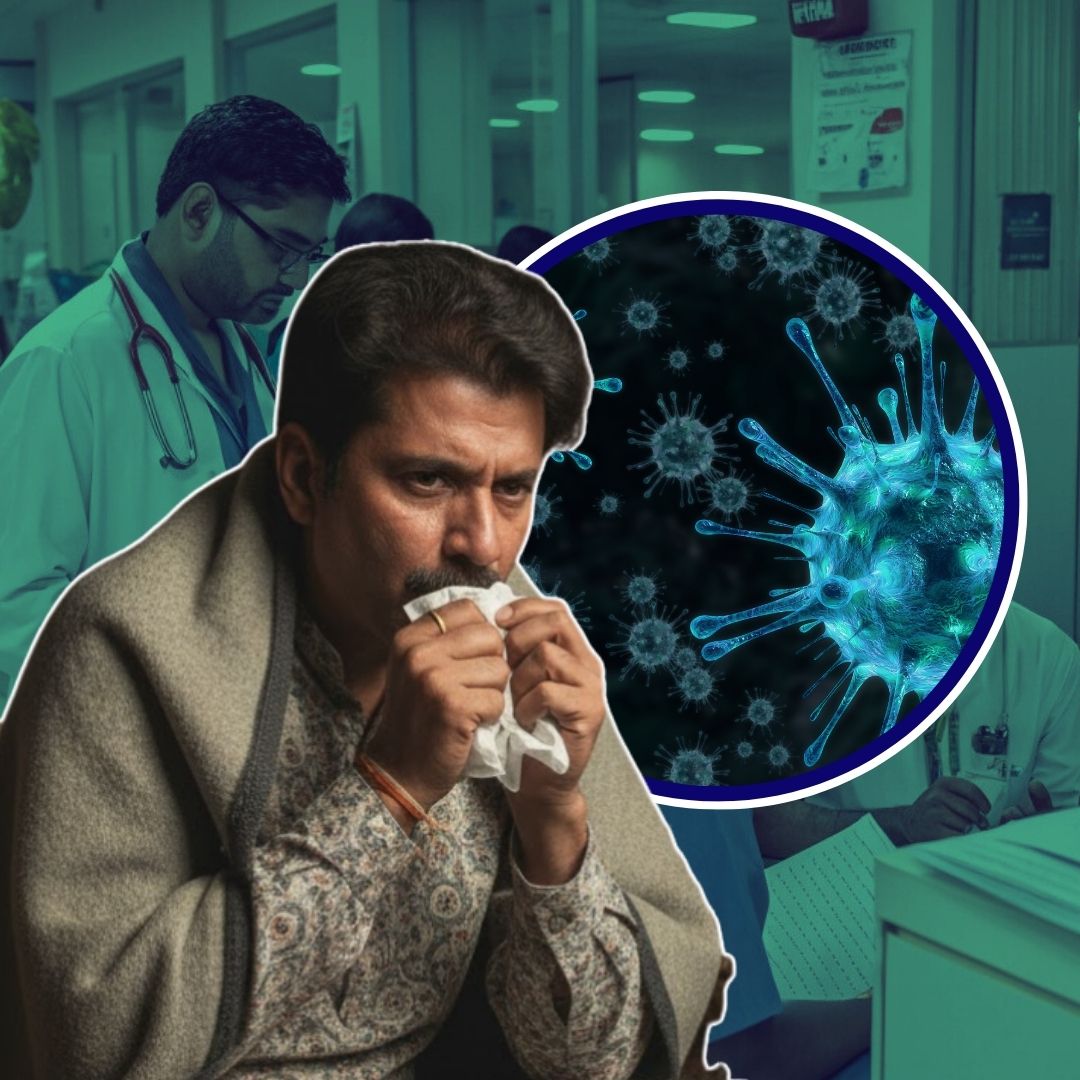The recent outbreak in Almora district, Uttarakhand, has led to seven confirmed deaths over the past 20 days, marking one of the most serious health crises in the region in recent times.
The situation is primarily linked to a suspected viral or bacterial infection, with typhoid confirmed in several cases through preliminary tests.
The affected villages, including Bibadi, Kheti, and Goli, are experiencing symptoms such as high fever, weakness, and dehydration, primarily affecting residents aged between 50 and 75 years. Rapid response measures have been implemented, with health teams conducting door-to-door surveys, water testing, and disinfection activities to control the spread of illness.
Underlying Causes and Water Contamination
Investigations have revealed that contaminated water sources are largely responsible for the outbreak. Water samples collected from local tanks and pipelines tested positive for coliform bacteria, an indicator of faecal contamination, which can lead to typhoid, cholera, and other bacterial infections.
Experts emphasize that broken pipelines and poor maintenance of water infrastructure have made the community vulnerable. Officials have ordered immediate cleaning of water tanks and advised residents to boil drinking water thoroughly before consumption. The local water scheme providing water to the affected villages is under scrutiny for the evident contamination.
Response from Health Authorities
Health authorities have deployed 16 teams, including ASHA workers and medical officers, to conduct scans and treat patients. They are also raising awareness about hygiene and water safety.
The department has issued warnings about drinking untreated water and urged residents to maintain sanitation practices at home. Hospital facilities are being strengthened to manage severe cases, and health officials are closely monitoring the situation.
The outbreak’s rapid escalation underscores the ongoing issues of inadequate health infrastructure and sanitation in remote mountain villages, calling for urgent government intervention.
Expert Advice and Preventive Measures
Medical experts highlight the importance of safe water practices and adequate sanitation in preventing similar outbreaks. Governments should prioritize regular water testing, infrastructure repairs, and community health education to mitigate future risks.
Additionally, establishing routine health check-ups and strengthening health infrastructure in remote villages will be crucial. Ensuring clean drinking water and improved sanitation can significantly reduce the incidence of waterborne diseases, safeguarding the vulnerable populations in hilly regions.
The Logical Indian’s Perspective
This incident exposes the chronic neglect of rural health and water infrastructure in Uttarakhand and similar Himalayan regions. It underscores the need for proactive public health policies, including regular water quality monitoring, community participation, and capacity building of local health workers.
While immediate relief efforts are underway, long-term investment in sustainable water and sanitation systems, coupled with healthcare infrastructure development, are essential to prevent recurrence. Greater accountability from authorities and community involvement will be key to ensuring safe living conditions and protecting lives from preventable waterborne diseases.












